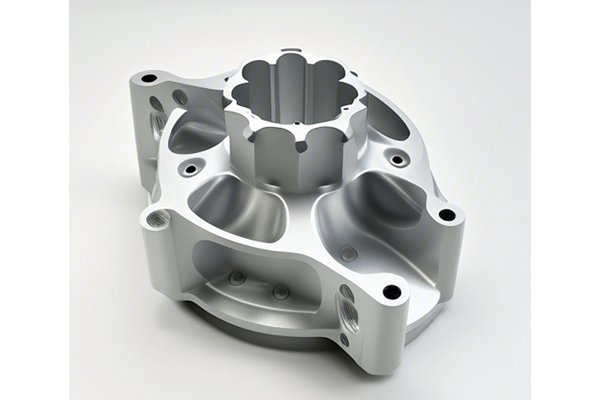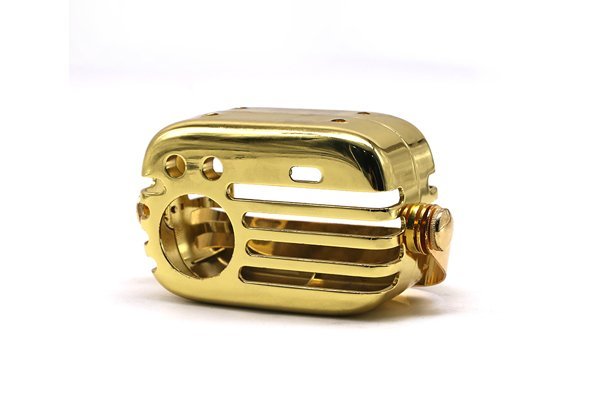Opening
Did you know that the aerospace industry heavily relies on the stability of components under extreme temperature variations? Parts used in aviation and space travel must withstand temperature swings from -250°C in outer space to over 314°C during re-entry into the Earth’s atmosphere. This brings to light a critical question: how does CNC machining ensure the stability of parts under such high and low-temperature cycling conditions? In this comprehensive blog post, we will explore the intricacies of CNC machining, the material technologies involved, and how to maintain stability and performance across varying thermal environments.
Content
Understanding CNC Machining
CNC (Computer Numerical Control) machining is an advanced manufacturing process that involves the use of computer software to control machine tools. This technique enables unparalleled precision and repeatability, making it an ideal choice for producing complex parts in various industries, including aerospace, automotive, and medical.
Key Advantages of CNC Machining:
The Importance of Temperature Stability
Temperature impacts the properties of materials and, subsequently, the performance of machined parts. When materials undergo thermal cycling, they expand and contract, which can lead to changes in shape, strength, and overall stability. Therefore, ensuring that CNC machined parts maintain integrity under extreme temperature variations is critical, especially in applications where safety and performance are paramount.
The first step in ensuring stability is selecting the right material for your specific application. Some materials perform better under thermal stress than others.
High-Performance Materials:
The design of the part plays a significant role in its ability to handle temperature changes.
Key Design Strategies:

When programming CNC machines, it’s essential to consider how different machining strategies may influence the thermal performance of the part.
Techniques to Enhance Stability:
The surface finish of a CNC machined part can also influence its thermal stability.
Popular Surface Treatments:
Before parts are deployed into environments with significant thermal cycling, it’s vital to conduct comprehensive testing.
Testing Methods:
Ending
In conclusion, ensuring the stability of CNC machined parts under high and low-temperature cycling conditions is a multifaceted challenge that requires careful consideration of material selection, design methodologies, CNC programming techniques, surface treatments, and thorough testing procedures. The advancements in CNC machining have promised precision and reliability, but the complexities of thermal interactions call for an integrated approach.
As industries continue to push the limits of technology, understanding how to navigate the challenges of temperature stability becomes crucial. Readers interested in high-performant components must stay informed about these technologies, as they directly influence safety, reliability, and performance in real-world applications. If your organization values quality and innovation, investing in understanding these processes is not just worth it — it’s essential.






